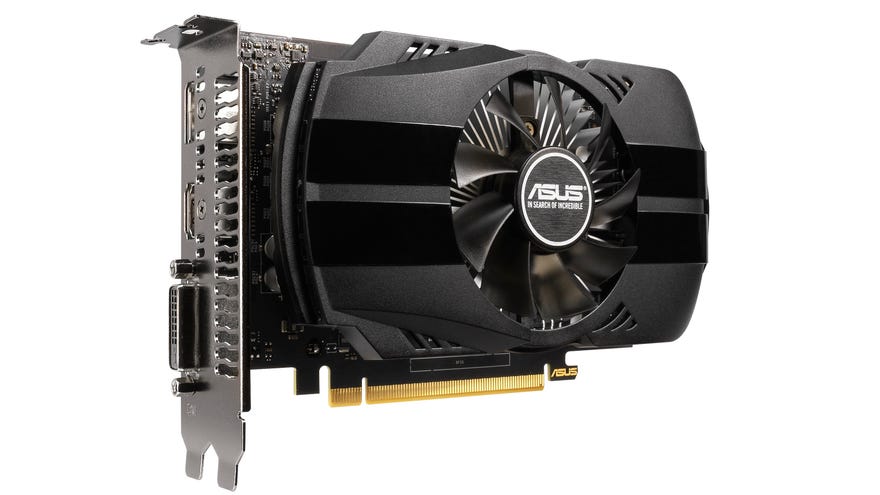Nvidia's new GTX 1650 costs £138 / $149 and consumes just 75W
Specs, price and release date of Nvidia's new GTX 1650 graphics card
Just when you thought Nvidia's "Let's release a new graphics card every two weeks" frenzy was finally over, they've gone and done it again with the freshly hatched GeForce GTX 1650. I'll be putting one to the test very shortly (drivers for the card have only just been made available for the card today, so it will take some time to run all my usual benchmarks on it), but after taking a cursory look at its specs and low price of £138 / $149, this could be the Turing-based successor to the GTX 1050 Ti we've been waiting for.
Just like its best graphics card-winning big brothers, the GTX 1660 and GTX 1660 Ti, the GTX 1650 features one of Nvidia's new Turing GPUs (the TU117, if you want the exact model number) but doesn't come with any of the fancy ray tracing or DLSS RTX tech like its RTX 2060 and upwards cousins. Instead, it just has the same Turing-based shader bits and bobs that will hopefully make some games easier to run once support for said shaders becomes more widespread. At the moment, the only game that can take advantage of Nvidia's super shader tech is Wolfenstein II.
But the shader stuff isn't really that important in my books, as the more general performance gains I've seen on the GTX 1660 and GTX 1660 Ti have both been outstanding compared to their GTX 10-series predecessors, and I'm hoping the GTX 1650 will benefit from a similar boost in power. I'm not expecting the GTX 1650 will suddenly be able to run games at 60fps on max settings or anything, but Nvidia claims the GTX 1650 will be up to 70% faster than the regular GTX 1050 when playing games at a 1080p resolution, and twice as fast as their GTX 950 (also at 1080p). So whereas the GTX 1050 Ti is more of a Medium-ish 1080p quality card these days, I'd expect the GTX 1650 to be more of a High kind of contender.
Like the GTX 1050, it also doesn't require an additional power connector in order to run, as it only needs a piddly 75W to get going. This means you can plug it straight into your motherboard without worrying whether you've got a beefy enough power supply for it, and it also keeps cable routing to a minimum.
As for the rest of its specs, you're looking at 4GB of GDDR5 memory, 896 CUDA cores and a base and boost clock speed of 1485MHz and 1665MHz respectively. The former two specs aren't a massive bump from the GTX 1050 Ti, all told, which also had 4GB of GDDR5 memory but only 768 CUDA cores, but it's definitely quite the step up from the regular GTX 1050, which only had 2GB of GDDR5 memory and 640 CUDA cores.
The proof, of course, will be in the benchmark pudding, but given that GTX 1050 Ti prices are currently floating around £130 in the UK and around $170 in the US right now, I'll be surprised if the GTX 1650 doesn't end up being better value for money. As I mentioned earlier, I'm hoping it won't take too long to get out said benchmark pudding out of the oven, so make sure to check back later this week for some lovely tasty test morsels.









